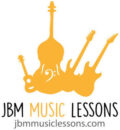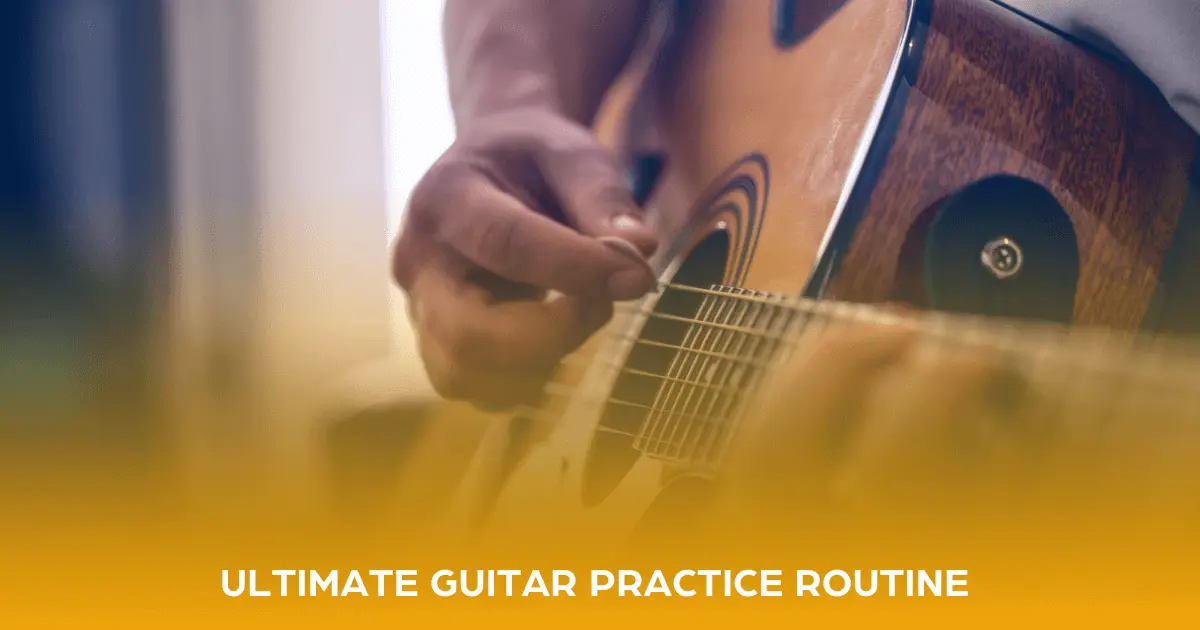The bass guitar is truly the unsung hero in any band. While not as showy as the standard guitar, with its catchy melodies and flashy techniques, the bass provides the foundation for a song, laying down the rhythm and steady beat for other instruments and vocals to build upon. Despite lacking a spotlight, the bass guitar is crucial to a band’s overall sound and feel. It is essentially the “glue” that ties a song together.
Some people believe that the bass is easier to learn than the guitar, but this is not necessarily true. Yes, the bass only has four strings (compared to six on a standard guitar) and often focuses on single notes and basic intervals, rather than complex chords. However, mastering the bass guitar presents its own unique set of challenges. In particular, bass lessons require a keen sense of rhythm and a firm grasp of the bass line. Regardless of your chosen instrument, reaching a high skill level takes practice and dedication.
In this comprehensive post, we’re going to take a look at bass guitar basics for beginners.
1. Parts of a Bass Guitar
As a beginner, it’s essential to familiarize yourself with your instrument. Learning your bass guitar’s parts and functions will serve as a solid foundation before you start playing. Let’s take a look at some parts of a bass guitar:
- Strings – A standard bass guitar has four strings, typically tuned to E, A, D, and G. These are the same pitches as the four lowest strings on a standard six-string guitar, but an octave lower.
- Body – The body of the bass is the part you hold against your own body and it is the main section of a bass guitar. Bass bodies are most commonly made of wood such as ash and mahogany, but can be made from other materials. The body’s material and design affect your bass’s tone and sound.
- Pickup – A bass guitar pickup typically looks like a rectangular or slightly curved black or chrome bar attached to the body of the bass, usually near the strings. They consist of a magnet wrapped with copper wire and a bobbin. A bass guitar pickup is a transducer that converts the mechanical energy of vibrating strings into an electrical signal.
- Neck – The neck is the long, slim part that protrudes from the body.
- Fretboard and Frets – The fretboard runs across the neck of your bass guitar and has small, vertical frets that act as guides, helping you find the correct positions when playing. Each intersection of a string and a fret represents a specific note.
- Headstock—The part of the bass at the end of the neck is called the headstock, and it houses the tuning pegs.
- Tuning Pegs – The knobs on your bass guitar’s headstock are called tuning pegs. They anchor the strings to the top of your bass guitar and, as the name implies, can be used to tune your instrument. Adjusting the tension on the strings, you can raise or lower the pitch on your guitar. Tuning pegs are sometimes also known as machine heads.
2. Tuning Your Bass
Before you begin, you’ll want to ensure your instrument is in tune. Most songs use the standard E-A-D-G tuning, from the lowest to the highest string on your bass guitar. While some advanced musicians can tune their instruments by ear, beginner players will likely need a tuner. There are even free apps available that can help you tune your base! To tune your guitar, pluck the open string and turn the tuning pegs until your tuning device or app tells you the tuning is correct. Repeat this process for all four strings.
3. Pick or No Pick?
Should you use a pick or fingers to pluck the strings when playing the bass guitar? There is no correct answer; it usually comes down to personal preference and musical style. Let’s take a look at both options:
- Using a Pick to Play Bass – Many bass players use a pick to play their instruments, usually thicker than a standard guitar pick. This is because the larger, thicker strings on a bass require a more rigid pick to control the tone and produce a solid sound. Some players find that picking allows for faster playing, especially in styles that require complex rhythmic patterns. Using a pick can make a more aggressive tone, familiar in genres like rock, punk, and metal.
- Using Your Fingers to Play Bass—Some players prefer to use their fingers when playing their instrument, which is often referred to as fingerstyle. Many bassists find that using their fingers, specifically the index and middle fingers, in an alternating pattern provides a more natural and comfortable way to pluck the strings. Fingerstyle offers a more mellow, natural sound, well-suited to genres like jazz, funk, or reggae.
Ultimately, the best way to play the bass is the one that feels most comfortable to you. Some bassists have even developed a technique that combines both methods. As a beginner, try experimenting with picking and fingerstyle to see which works best.
4. Learning to Read Bass Tabs
There are two main ways of reading bass music:
- Standard Musical Notation – This is the type of sheet music that most of us are familiar with. Standard notation is written on a five-line staff and uses symbols like clefs, notes, and rests to convey musical information. While bass tabs are common, it’s important to remember that standard notation is a more universal and comprehensive language for all musicians, and many bass players use standard notation. Bass players typically use the bass clef (F clef) for notating music, as it is suited for the instrument’s lower range.
- Bass Tabs – Bass guitar tablature, or bass tabs, is a simple, straightforward way to read music. A typical bass tab features four horizontal lines representing the bass guitar’s four strings. Each line is labeled from top to bottom: G, D, A, and E. The numbers on a bass tab represent the fret numbers for each note. This lets you know where to place your fingers on your fretting hand when playing a song. The vertical lines on a bass tab are called “bars” or “measures”. Each bar represents a segment of music within a specific time signature.
5. Fretting Techniques
When you fret the guitar, you increase the pitch by pressing the string. This is how you make different notes on a bass guitar! If you are right-handed, you will use your left hand to fret. A good starting point is to position your hand so that your fingers are slightly curved, and your thumb is placed on the back of the neck, providing stability. Place your finger just behind the fret you want to play, as close to the fret wire as possible without actually touching it, to avoid unwanted buzzing or muffled noises. The most common technique for fretting a bass guitar is to use one finger per fret. This means you would use your first finger for the first fret, your second finger for the second fret, and so on. Of course, this rule has some exceptions, but this technique generally helps to develop reasonable fretting hand control and accuracy, creating a clean and consistent sound!
6. The Plucking Hand
We’ve already touched on plucking and whether or not to use a pick when playing your bass guitar. Here are a few more tips when you’re getting started as a beginner:
- Start by anchoring your thumb on the pickup or the side of the bass body.
- Pluck through the string, not up! Using the pads of your fingers, pluck across the string towards your thumb, rather than pulling up and away.
- When playing fingerstyle, use your index and middle fingers, alternating between the two.
- Plucking closer to the neck produces a warmer tone, whereas plucking closer to the bridge produces a more percussive tone. Experiment with both to find the sound you like!
- Focus on consistent, even plucking, starting slow, and gradually increasing speed.
Like any instrument, the bass guitar requires patience, practice, and dedication. Mastering the basics when you’re getting started as a beginner is the key to a solid musical foundation. Are you ready to master upright or electric bass? If you are, consider enrolling in bass music lessons with JBM Music Lessons in Los Angeles. JBM has lessons for musicians of all ages and abilities. Contact us to enroll in bass lessons with JBM today!







